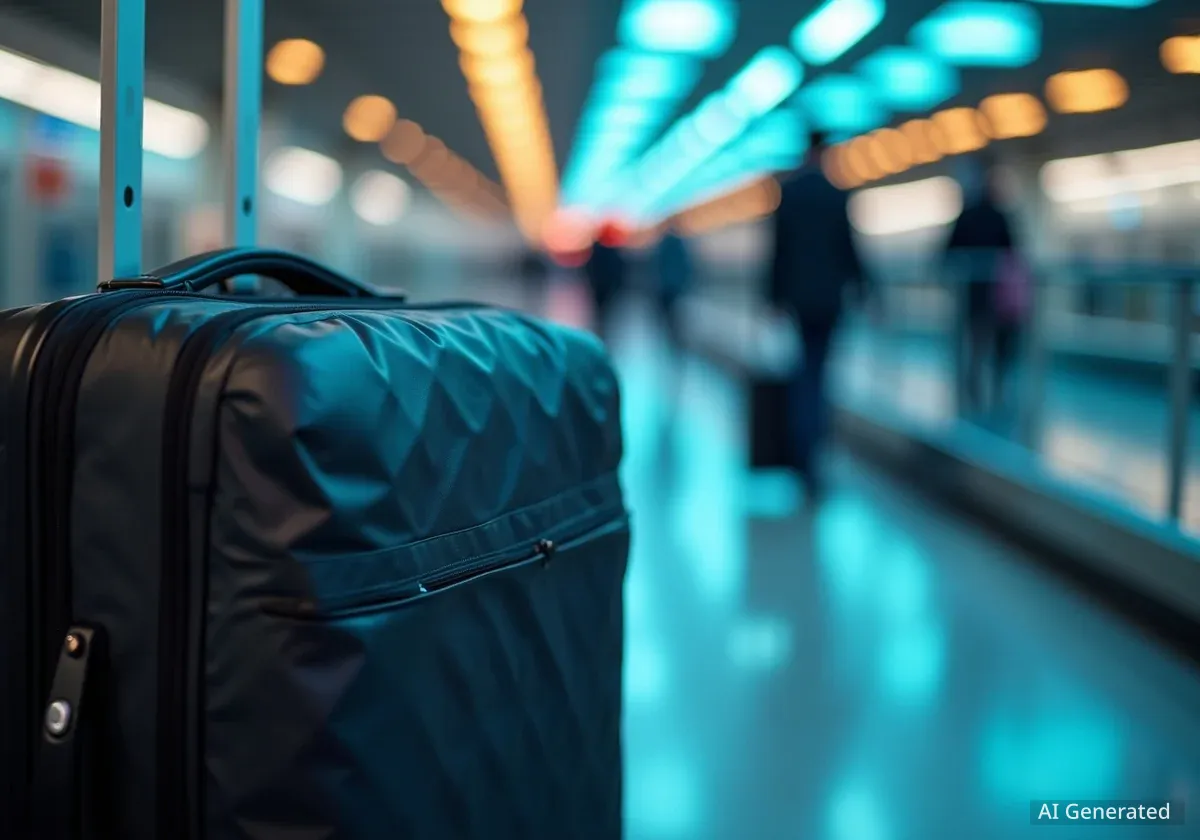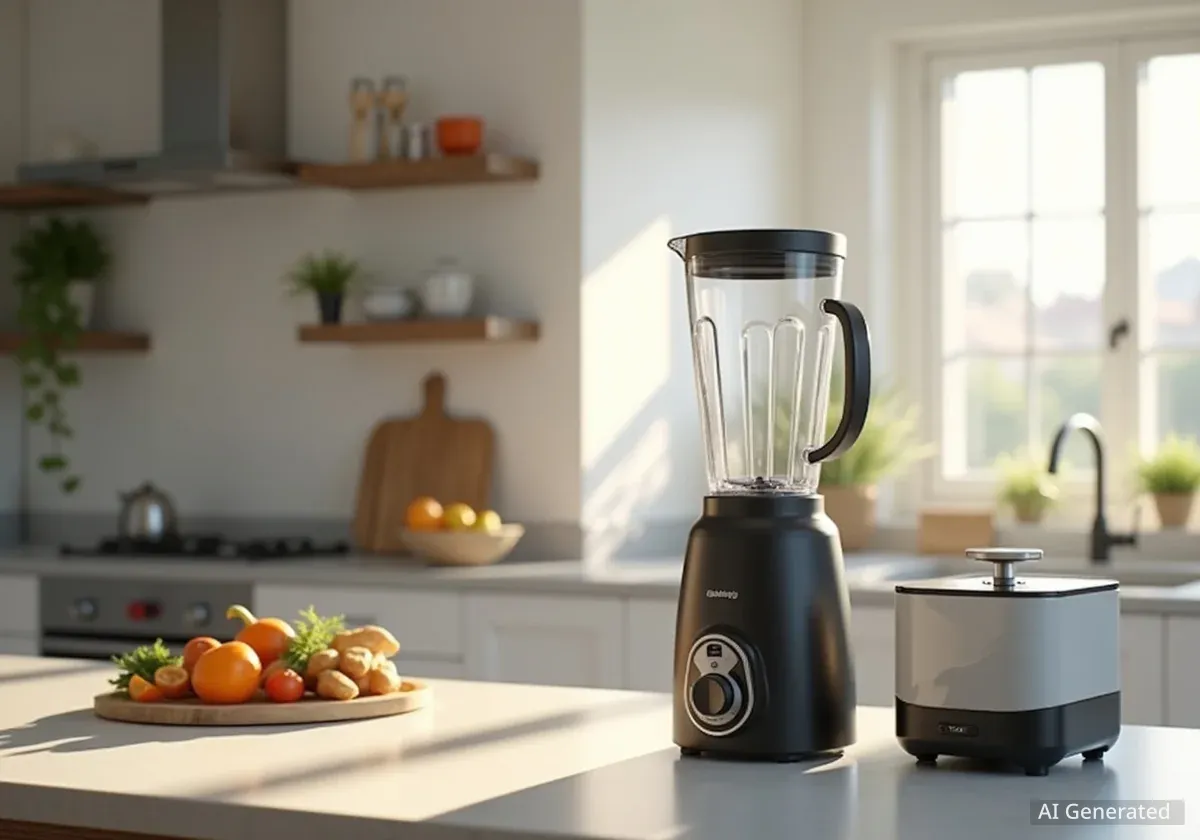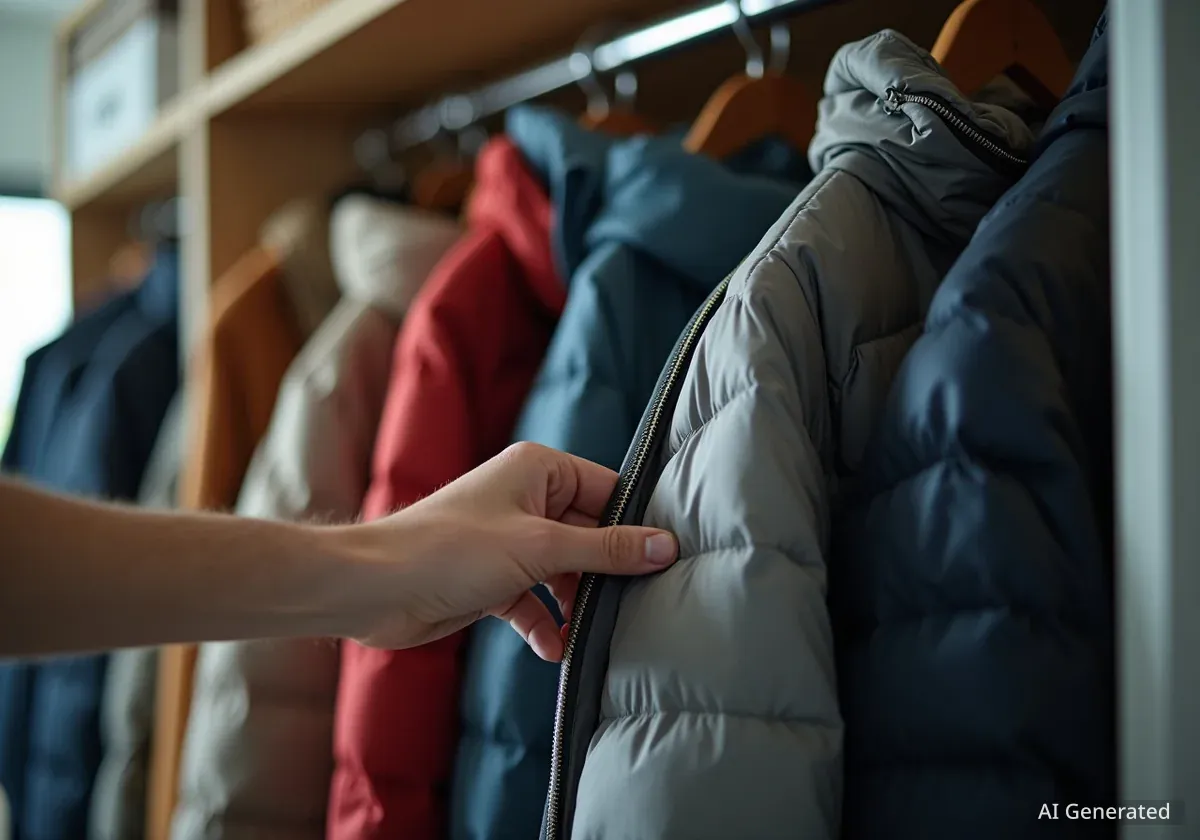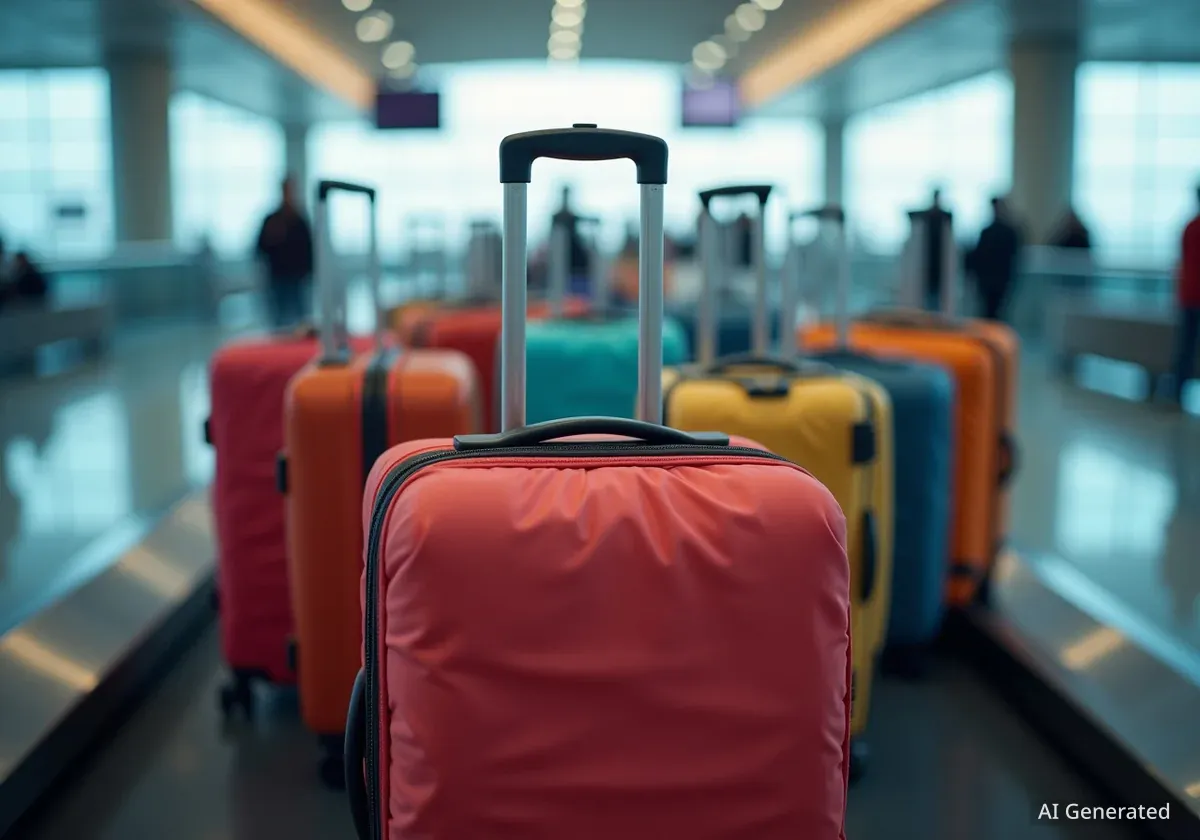Travelers are increasingly using protective covers to shield their luggage from the rigors of transit. These accessories offer a practical solution to prevent scratches, scuffs, and other damage that commonly occurs during handling at airports and train stations. Made from durable materials, they also provide a way to easily identify bags on crowded carousels.
This guide examines the features, materials, and benefits of modern luggage protectors. We will explore why materials like polyester are favored, what design elements are most important, and how to select the correct size for your suitcase to ensure maximum protection and functionality during your travels.
Key Takeaways
- Luggage covers protect suitcases from scratches, dirt, and minor impacts during transit.
- Materials like polyester offer durability, flexibility, and are typically machine washable for easy maintenance.
- Key design features include precise cutouts for handles, secure closures, and a snug fit to prevent slipping.
- Covers with unique designs, such as the 'Outer Space Cat' pattern, improve luggage identification at baggage claim.
- Proper sizing is essential for functionality; consumers should measure their luggage before purchasing a cover.
Why Travelers Are Using Luggage Covers
Frequent travel often results in visible wear and tear on suitcases. Baggage handling systems, while efficient, can subject luggage to rough treatment, leading to scratches, dents, and dirt. A protective cover acts as a sacrificial layer, absorbing this damage while keeping the suitcase underneath in better condition.
Beyond protection, identification is a major benefit. In a sea of similar-looking black or navy suitcases, a brightly colored or uniquely patterned cover makes a bag stand out instantly. This significantly reduces the chances of someone else accidentally taking your bag and minimizes the time spent searching at baggage claim.
Luggage Handling Statistics
According to SITA's 2023 Baggage IT Insights report, the rate of mishandled bags globally was 7.6 bags per thousand passengers in 2022. While this includes lost and delayed bags, damage is a significant component of these incidents, highlighting the need for protective measures.
Understanding the Materials: The Role of Polyester
The material of a luggage cover is crucial to its effectiveness. High-quality polyester fiber is a popular choice for several reasons. It is known for its durability and resistance to abrasion, making it well-suited to withstand the friction and impacts of travel.
Key Properties of Polyester
Polyester is a synthetic polymer that offers a combination of strength and flexibility. Its fibers are strong and do not stretch or shrink easily, ensuring the cover maintains its shape over time. This elasticity allows the cover to fit snugly over various suitcase shapes without becoming loose.
- Wear Resistance: Polyester holds up well against rubbing and scraping, common occurrences in cargo holds and on conveyor belts.
- Washability: The material is non-absorbent and dries quickly, making it easy to clean. Most polyester covers can be machine washed, removing any dirt or grime accumulated during a trip.
- Lightweight: Adding a cover does not significantly increase the overall weight of the luggage, an important factor for avoiding excess baggage fees.
Key Features to Look for in a Suitcase Protector
A well-designed luggage cover should protect the suitcase without hindering its functionality. Several key features contribute to a practical and effective product. Consumers should look for designs that prioritize accessibility and a secure fit.
Handle and Wheel Accessibility
The most important design element is the provision of openings for handles. A good cover will have precise cutouts for both the top telescopic handle and the side carrying handles. The model analyzed, for instance, features two openings at the top and zippered closures on both sides for easy access to side handles. This ensures the user can still maneuver their luggage easily without removing the cover.
"Functionality is paramount. A cover that obstructs handles or wheels is more of a hindrance than a help. Look for zippered side openings and a wide top cutout for the telescoping handle."
Secure Closure System
The cover must stay securely fastened to the suitcase throughout its journey. Common closure systems are located at the bottom of the cover and may include:
- Zippers
- Velcro straps
- Buckles or snap closures
A combination of these, such as a zipper reinforced with a buckle, often provides the most secure fit, preventing the cover from riding up or coming off during transit.
Choosing the Right Size and Style
A luggage cover is only effective if it fits correctly. A cover that is too large will be loose and can get caught on machinery, while one that is too small will not provide full coverage and may tear under stress. Most manufacturers offer a range of sizes, typically from Small (S) to Extra-Large (XL), corresponding to standard carry-on and checked baggage dimensions.
How to Measure Your Suitcase
To find the right size, measure the height, width, and depth of your suitcase. Do not include the wheels in the height measurement. Compare these dimensions to the manufacturer's size chart, which is often provided in the product images or description. If your measurements fall between two sizes, it is generally better to choose the slightly larger option.
The Advantage of Unique Designs
While solid colors are available, many travelers opt for covers with distinctive patterns, like the 'Outer Space Cat' design. These graphic prints serve a practical purpose by making the luggage highly visible and easily identifiable. This simple feature can be a significant time-saver and stress-reducer at a busy airport.
Beyond Air Travel: Versatile Uses for Luggage Covers
The utility of a suitcase protector extends beyond airplane check-ins. They are equally useful for other forms of travel and for storage.
During train or bus travel, where luggage is often stacked in communal storage areas, a cover can prevent scuffs and keep the suitcase clean. For business travelers, it helps maintain a professional appearance by protecting expensive luggage from damage.
Furthermore, these covers are ideal for protecting idle suitcases during long-term storage. They shield the luggage from dust, moisture, and scratches in a closet or storage unit, preserving its condition for the next trip. This dual-purpose functionality adds to the product's overall value for consumers.





